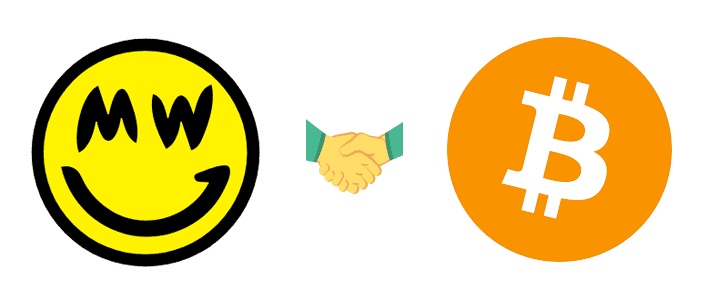Grin is a new cryptocurrency that implements the Mimble Wimble protocol. This is a highly sophisticated approach to implementing a scalable cryptocurrency, solving many issues with the Bitcoin protocol. However, we think there is an economics issue with the way Grin is rewarded to miners. This is our proposal to fix (literally) Grin’s supply.

First, let’s review why Grin may over time, prove to be a better crypto-currency than BTC. BTC does not scale well with high transaction throughput, as we saw in the 2017 boom cycle, Bitcoin fees became outrageously high, and we fully expect this to continue to happen in the future during times of high volume. Second layer technology like lightning can help mitigate this problem, but what Grin brings to the table is inherently faster layer 1 settlement, which is very attractive for many obvious reasons.
Second, BTC transactions are kept on a public ledger, and therefore create privacy concerns. Anyone with an internet connection can dive in to a Bitcoin block explorer and see every transaction that has ever happened on Bitcoin, with exact amounts. Now in theory the addresses behind the transactions are anonymous, but every time an interaction occurs between two known parties, that anonymity is destroyed, and the other party may or may not decide to dig in to your wallet’s history. There are ways around this issue, such as using a new empty address for every transaction, and we would recommend you do this. However, with the Mimble Wimble protocol, we can prove that a transaction is authorized, without knowing who the sender is, who the receiver is, nor how much was transacted.
Mimble Wimble solves these problems at the protocol level, and Grin is a great implementation. To encourage spending, rather than holding of Grin coins, the original Grin team decided to have a constant inflationary supply over time. We agree that this type of economic design will encourage spending, however this discourages accepting Grin as a payment method. Making purchases is a two-sided arrangement, and this thinking ignores the buyers side. In order to give the Grin technology a real opportunity to grow in to a type of usable currency, we believe it’s best to stick with a Bitcoin style economic design. Initially it will be more beneficial to hold it than to spend it, and over time the distribution normalizes with a halving every 4 years.
BitGrin uses the exact same economic specifications as Bitcoin, and is otherwise unchanged from the Grin core project. As we move forward, our development team will focus on bringing better user experiences to the Grin ecosystem with easier to use wallets and mining software. We will not be focusing on Grin improvements, other than to pull Grin core changes in to the BitGrin project on an as-needed basis.
In keeping in line with the intentions of the Grin team, we would like to share that we hope this is not viewed as a contentious “fork”, but instead is viewed as a growing arm of the Mimble Wimble protocol. We invite Grin contributors to also contribute to the BitGrin project, and vice versa.
You can see the comparison of coin emission from BitGrin and Grin here